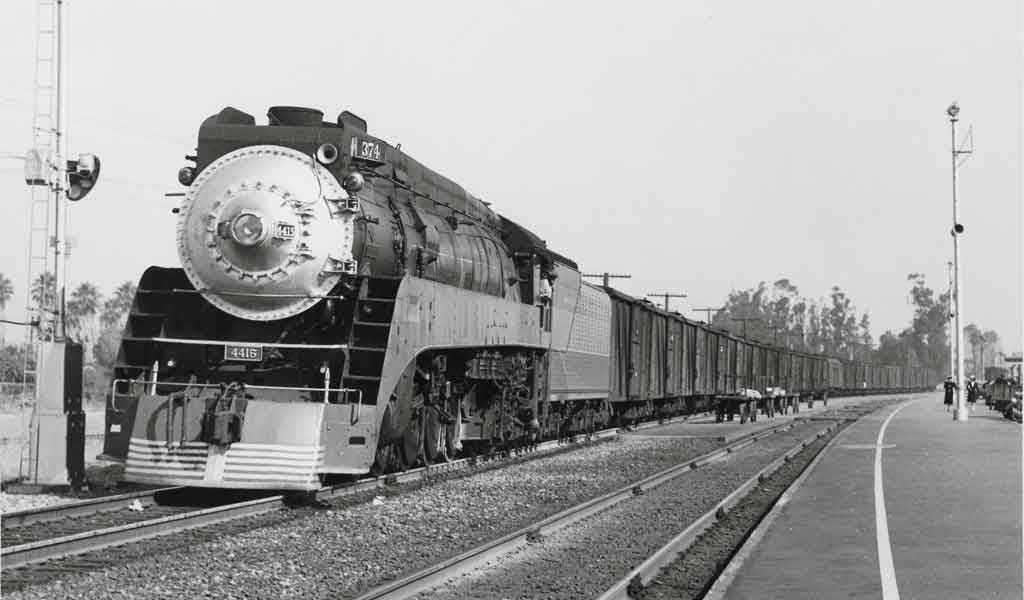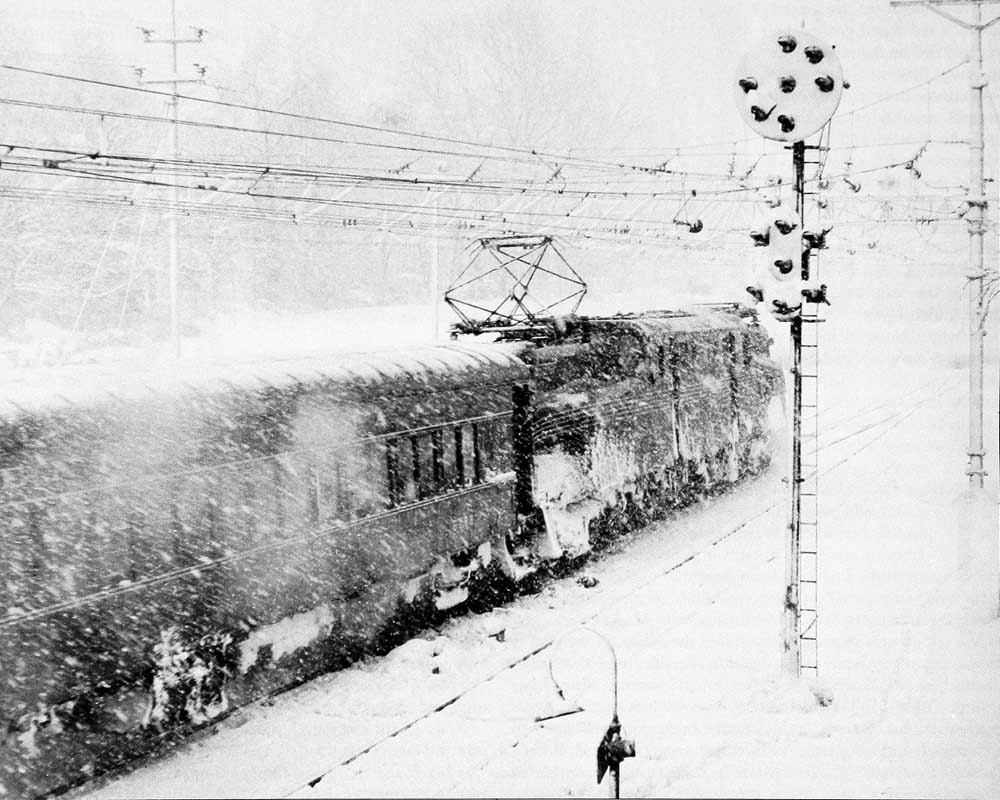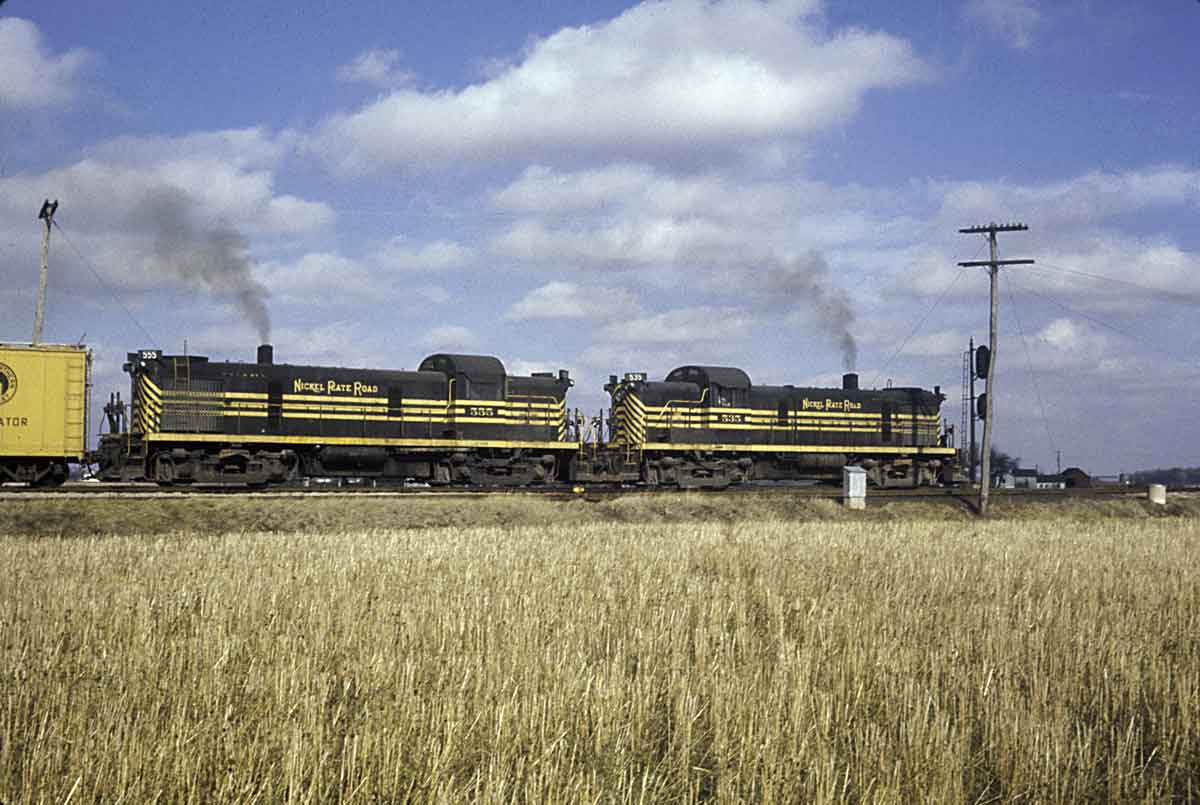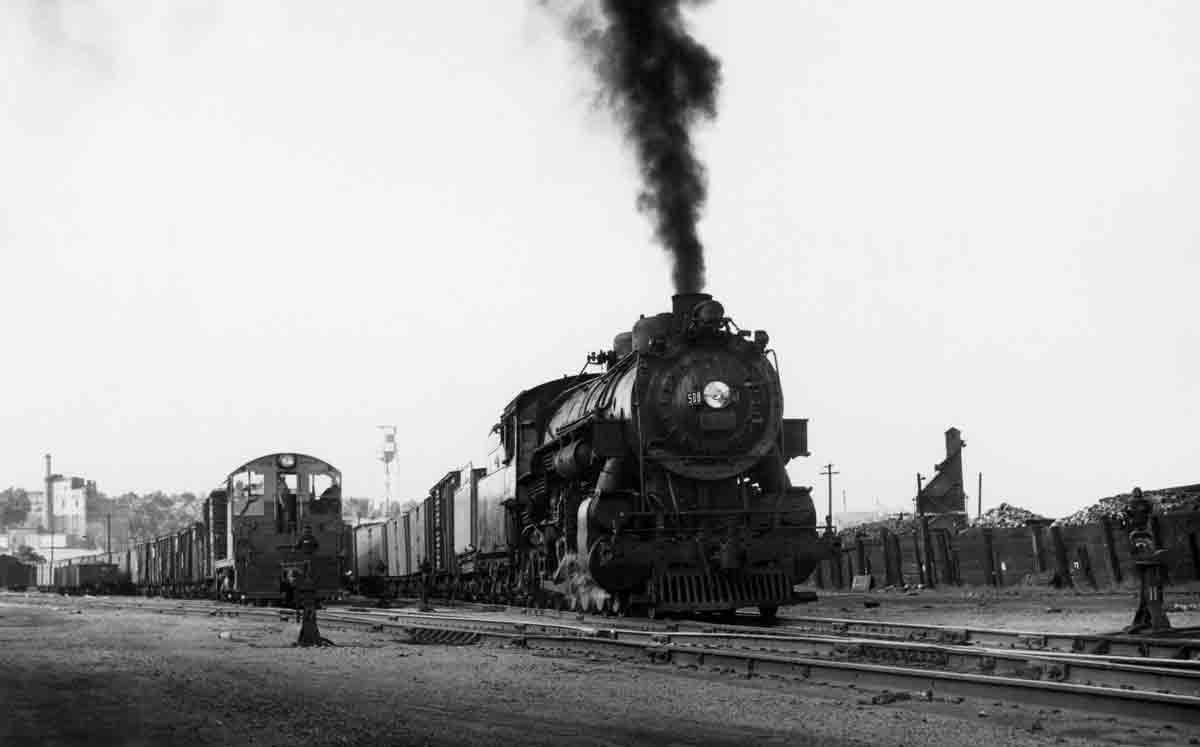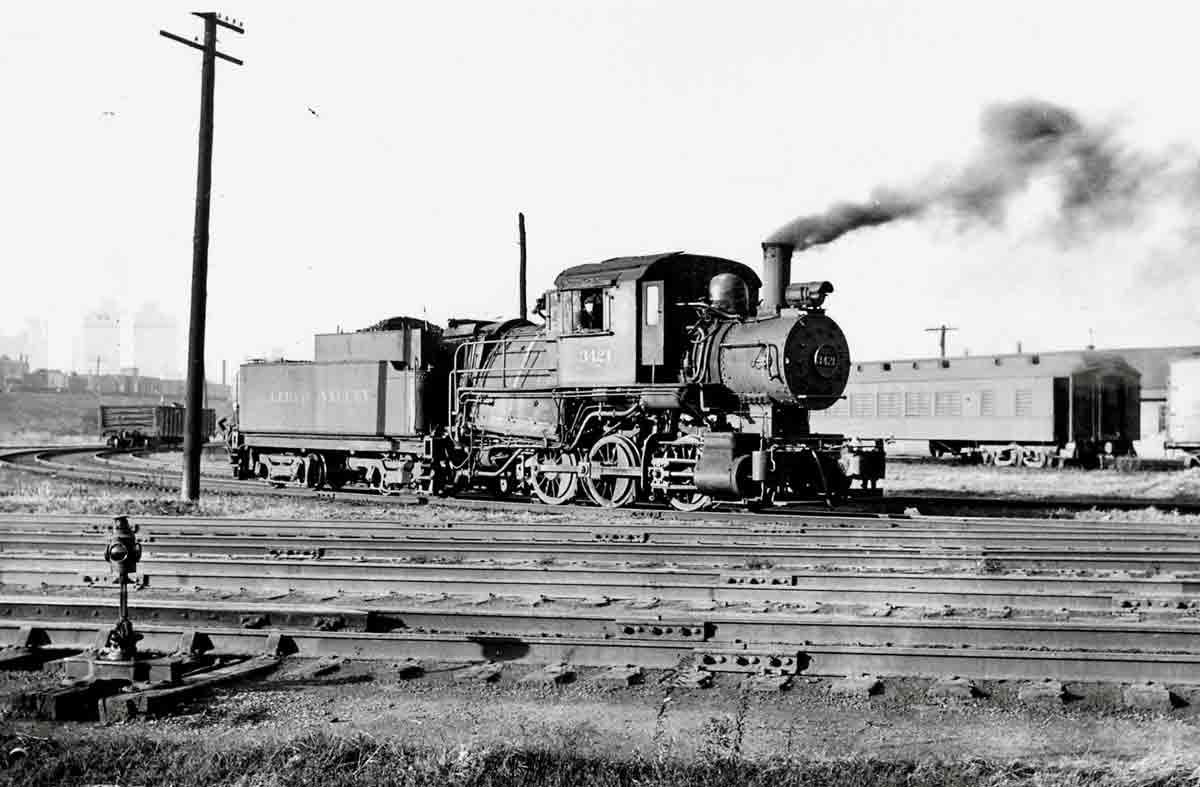At Glendale, the double-track Pacific Electric crossed the SP’s main line to San Francisco and Sacramento, also double track. There was also a turnout on the SP, where its inbound freight trains were routed into the Los Angeles Yard. The outbound commuter rush on the PE was at the same time as the busiest time on the SP. Both railroads competed for time on the diamonds, although the SP had the preference, as all SP trains were superior to PE trains. As a junior-high-school kid, I was in my glory. After a while, the towerman grew confident of my skills.
One evening, the eastward semaphore would not clear for SP train 98, the Coast Daylight, from San Francisco. This was one of the hottest trains on the line. I got an old kerosene lantern with the yellow globe from its hook on the wall. The towerman lit the lamp and I went down the stairs to flag the train. I checked the SP yard switch and the derails. They were all lined correctly. I could see that the semaphores and derails on the PE were also in the proper positions.
I then bravely highballed the train, with a lamp signal. The engineer then acknowledged my signal, by two blasts of the air horn on his GS-class 4-8-4.
The Mars light swept its beam, oscillating in a figure eight, ahead of the engine. Soon, the sharp crack of exhaust blasted from the smokestack, and the streamliner crept forward. The 80-inch drivers soon clattered over the diamonds. The beautiful red, orange, and black streamliner slowly glided past me. The round-end parlor-observation car would soon be past. Just think: a simple signal from a kid with a lantern swept this beauty into motion.
To my surprise, though, the regular observation car was not there. In its place was the Sunset, the SP president’s private car. As it passed, I saw three officials on the rear platform. They gave the highball signal to me with their battery lanterns, and I returned the signal with my kerosene lamp. Then they turned away and went back into the car. I went back upstairs to the tower.
It was lucky that this happened in the winter, when it was dark at that time of the evening. The suits never realized that they had been flagged by a kid. If they had, my towerman friend would probably have been fired.
Adventures like these from the mid-1950s are only distant memories today, yet 50 years later they are indelible in my mind.
First published in Fall 2004 Classic Trains magazine.
Learn more about railroad history by signing up for the Classic Trains e-mail newsletter. It’s a free monthly e-mail devoted to the golden years of railroading.





